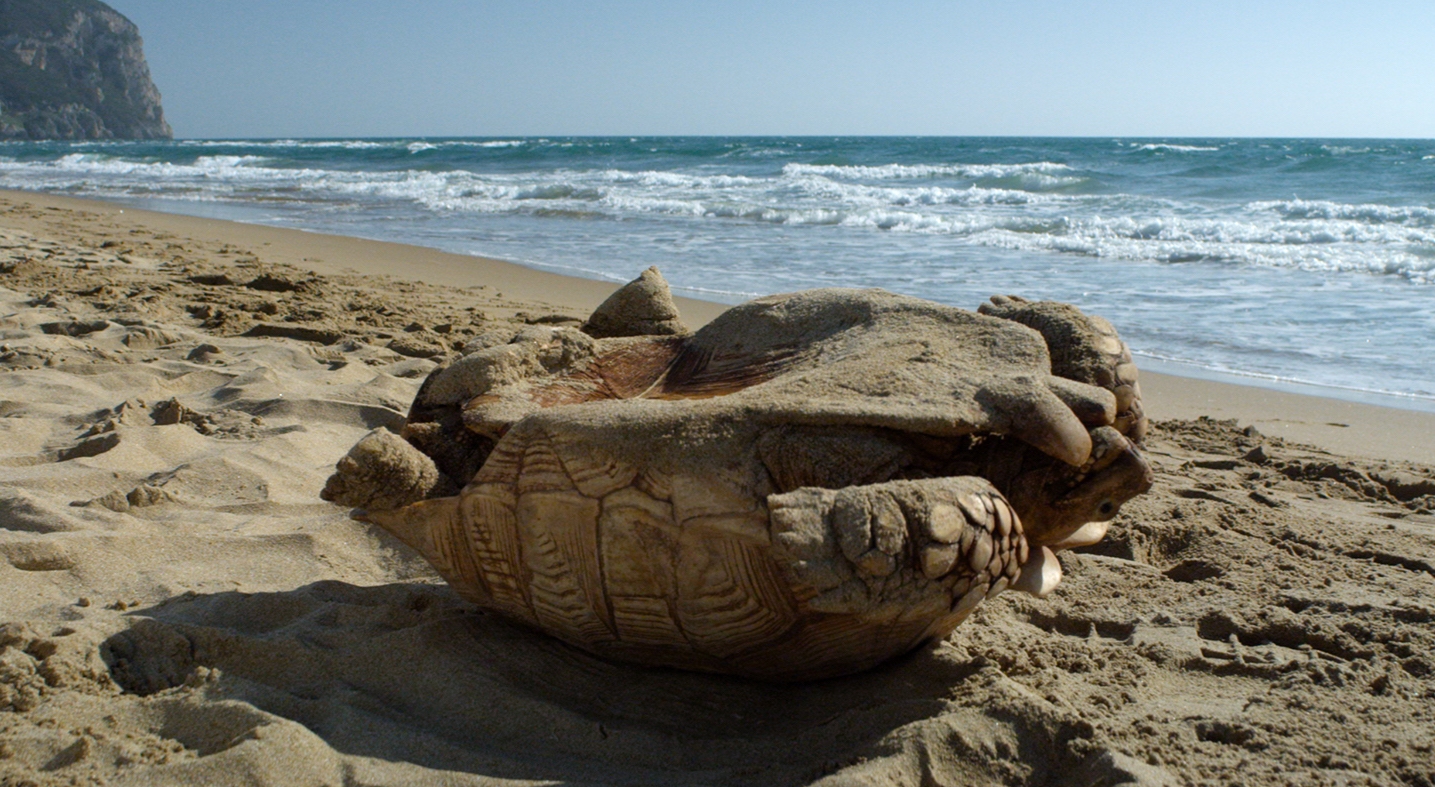The Premio MAXXI, awarded eight times over the past 17 years, has been dedicated to recognising younger Italian artists and funding work by the finalists for each edition of the prize, the winner of which – and in its first seven years the finalists as well – saw that work purchased by the museum for its own collection. Previous laureates and finalists have included Vanessa Beecroft, Lara Favaretto, Adrian Paci, Francesco Vezzoli, Adelita Husni-Bey, Nico Vascellari, Rosa Barba and many others who have gone on to establish international reputations. As such the prize has been a foundational source of new art and programming for MAXXI, based in its Zaha Hadid-designed complex in the Flaminio quarter of Rome since 2010 and with a relatively meagre 400-work contemporary art collection assembled over the past 20 years (MAXXI has a far deeper representation of work by Italian architects and is seeking to strengthen that further still).
In 2017 MAXXI announced a six-year collaboration with Italian-French jeweller Bulgari to increase the funding and extend the reach of the prize, now renamed the MAXXI Bulgari Prize and focused on including international as well as Italian artists. This exhibition is the first fruit of that new partnership, featuring the work of Milan-based Diego Marcon, Invernomuto (the artists and musicians Simone Bertuzzi and Simone Trabucchi, who live and work in Milan) and New Yorker Talia Chetrit.
Across the three projects presented here, photography and moving image predominate, the second with strong sound elements. Two of the presentations are entirely new, and the third presents work dating from the 1990s to the present. To the extent that one can make connections among the three, the artists (all born within a couple of years of each other, the youngest in 1985) are, unsurprisingly, preoccupied with themes of their times, ranging from Europe’s increasingly untenable position as both beacon and defender of ideals, and the extremes this engenders, to the collapse of distinct public and private realms, and what this means for distinguishing between representation and reality.
Invernomuto (the artists’ working name is derived from the super-AI entity Wintermute in William Gibson’s 1984 cyberpunk classic, Neuromancer, which is taken in turn from a character in Philip K. Dick’s 1981 novel VALIS ) occupies the exhibition’s central space with the projection of a film that combines references to the Roman Empire with Italy’s fascist past and troubled present, including three grievously injured figures – cheeks pierced by a ledger pencil, a financial document improbably embedded in a forehead, a dangling eyeball – wandering or fallen on a Mediterranean beach and managing to convey both moral and literal bankruptcy. Low-frequency tones emanate from a sculptural speaker arrangement off to the side, with high frequencies coming from other sectors, while pleasant scents of cedar and pine waft through the space. The projection screen itself is the shape of a cloud floating towards the back of the otherwise darkened gallery.
In a marginally smaller space (the MAXXI complex occupies a 29,000sqm site), Diego Marcon has created a short CGI video of a blond boy neatly dressed in a yellow polo shirt and blue jumper sitting atop an object that slides or swings across the hold of a ship caught in a storm; between flashes of lightning and sounds of thunder and rope groaning with strain, the boy struggles to light a match, and then, accompanied by piano, breaks into a short, Lied-like song sung in Italian, the words expressing the wish for a permanent escape from his troubles. Haunting, with a hint of dark comedy both in the words (as sung by an angelic youth) and in the way the video suddenly ends, this new work, titled Ludwig, also hints at a troubled European present.
The third project, by New York-based Talia Chetrit, consists of 20 or so photographs in colour and black-and-white, plus one film, installed across two adjoining spaces. Titled Amateur, and depicting a mix of self-portraits and scenarios with friends, family and lover, as well as the occasional model, the series is drawn from a two-decade archive going back to Chetrit’s early teens. Displaying an awareness of self-presentation and self-objectification in works exploring her own and other bodies, as well as the sexually explicit and suggestive, the artist works at the edge of performance and naturalism. This exploration is particularly evident in the video, titled Parents (2014), in which Chetrit asks her mother and father to stage moments of intimacy for what they think is a still-photography session, during which she surreptitiously records them on video, at once capturing the artifice and awkwardness of the shoot, and the many small signs of genuine intimacy that occur in the space between still photographs.
The MAXXI Bulgari Prize exhibition is on view through 28 October
1 June 2018
